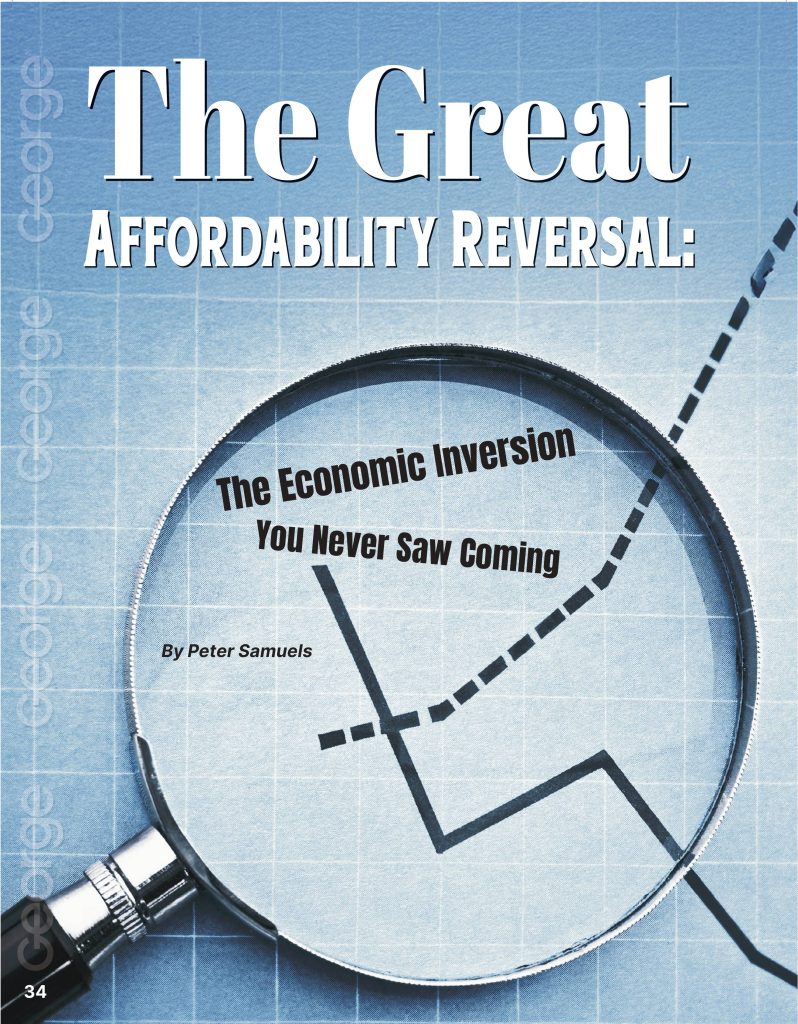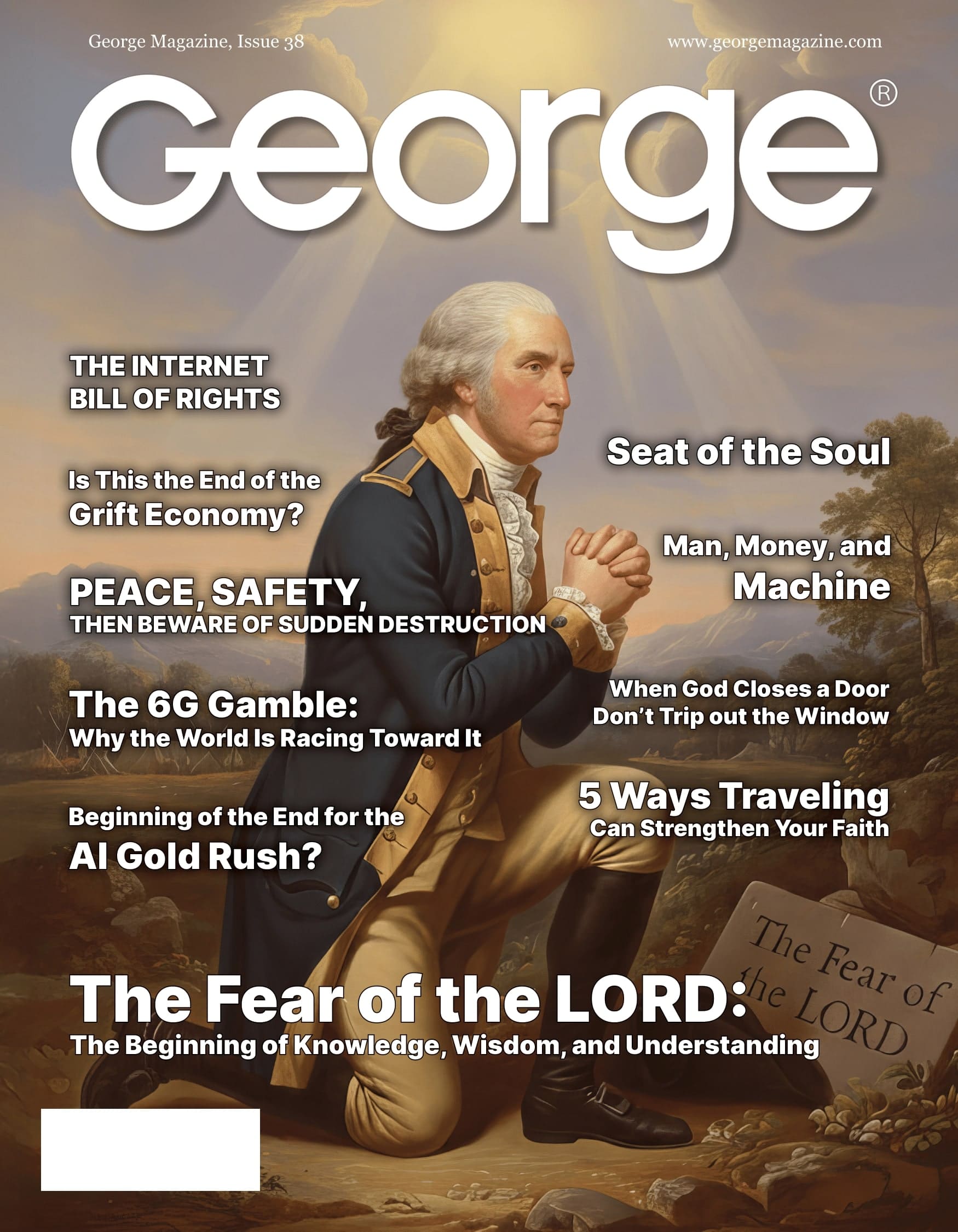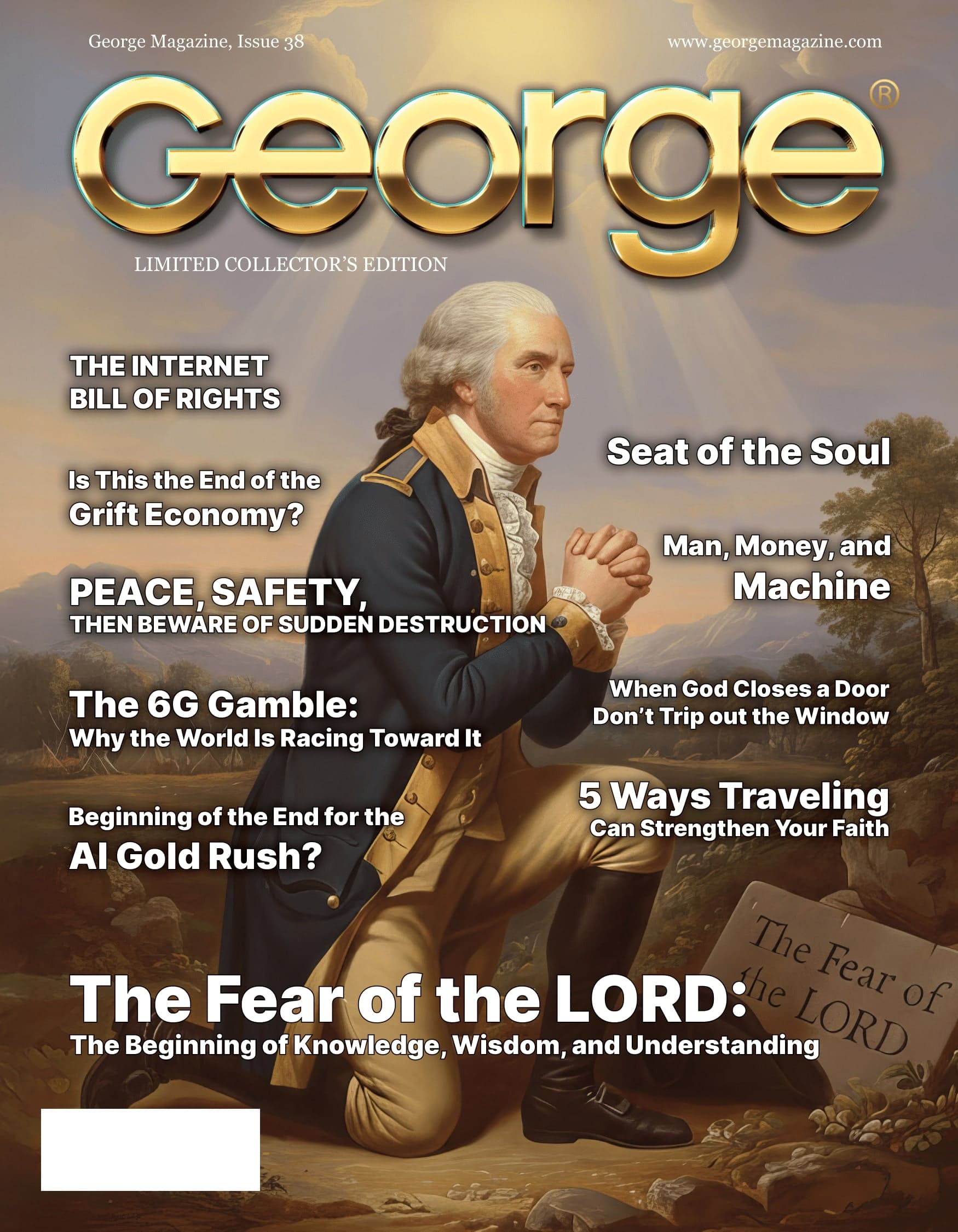The cost of shelter has become the single largest financial burden for most households. In the decades following World War II, housing construction kept pace with demand, and homeownership was an attainable goal for a single-earner family. However, this has changed dramatically. In major metropolitan areas across the globe, housing prices have decoupled from local wages. This is due to a confluence of factors.
First, restrictive zoning laws and land-use regulations in desirable urban and suburban areas have severely constrained the supply of new housing. “Not In My Backyard” (NIMBY) sentiment often prevents the construction of denser, more affordable housing options like duplexes and apartment buildings. This artificial scarcity drives up the price of existing homes. Second, the financialization of housing has transformed residential real estate from a place to live into a speculative asset class. Private equity firms, real estate investment trusts (REITs), and foreign investors purchase vast portfolios of homes, further reducing the supply available to ordinary buyers and pushing up both purchase prices and rents. Finally, since the 2008 financial crisis, wage growth has remained largely stagnant for the bottom 90% of earners, while asset prices, including real estate, have soared, creating a widening chasm between what people earn and what it costs to be securely housed.
Healthcare: A System of Unchecked Costs 🩺
In the United States, in particular, healthcare costs have risen at a rate far exceeding inflation for decades. Unlike a consumer good, healthcare is not a discretionary purchase; demand is highly inelastic. When you’re sick, you need care, and you’re often not in a position to “shop around.” This creates a market ripe for price inflation.
Several factors contribute to this. The opaqueness of pricing is a major issue; it is nearly impossible for a patient to know the cost of a procedure beforehand. The system of third-party payers (insurance companies) insulates the consumer from the immediate cost, while the complex negotiation process between insurers and providers often results in inflated “list prices.” Furthermore, the consolidation of hospital systems and pharmaceutical companies has reduced competition, giving these entities immense pricing power. The high cost of medical education, the fear of malpractice litigation (leading to defensive medicine), and the high administrative burden of the insurance system all add layers of expense that are ultimately passed on to the consumer in the form of higher premiums, deductibles, and out-of-pocket costs.
Higher Education: A Degree of Debt 🎓
A college degree has long been touted as the most reliable ticket to the middle class. Ironically, the pursuit of that ticket is now a primary driver of financial instability for millions. The cost of tuition and fees at both public and private universities has risen astronomically. From 1980 to 2020, the average cost of college tuition in the U.S. increased by nearly 170%, after adjusting for inflation.
This increase is not primarily due to rising instructional costs. Instead, it’s fueled by a combination of reduced state funding for public universities, which shifts the cost burden onto students, and an “arms race” among institutions to attract students with lavish amenities like state-of-the-art gyms and dormitories. The easy availability of federally backed student loans has also played a role. By guaranteeing loans, the government has enabled universities to raise their prices without fear of losing customers, as students can simply borrow more. This has created a feedback loop resulting in over $1.7 trillion in student loan debt in the U.S. alone, delaying homeownership, marriage, and retirement for an entire generation.
The Deflation of Luxuries
While the pillars of middle-class life have become more expensive, a vast array of consumer goods and services has become cheaper and more accessible than ever before. This is the other side of the inversion, driven largely by globalization, technology, and economies of scale.
Technology and Globalization: The Engines of Affordability 💻✈️
The primary force behind cheaper goods is technological progress, exemplified by Moore’s Law, which observed that the number of transistors on a microchip doubles approximately every two years, leading to exponential increases in computing power at a lower cost. This has made everything from smartphones and laptops to televisions and home appliances incredibly powerful and affordable. A smartphone today has more processing capability than the supercomputers of the 1990s and is available to billions of people.
Globalization has worked in tandem with technology. The offshoring of manufacturing to countries with lower labor costs, coupled with hyper-efficient global supply chains, has drastically reduced the production cost of clothing, electronics, furniture, and toys. Companies like Amazon and Walmart have perfected the art of mass distribution, further driving down prices for consumers through intense competition and economies of scale. As a result, material abundance is widespread. It is possible to furnish an apartment, own a sophisticated entertainment system, and have a closet full of “fast fashion” for a fraction of what it would have cost a generation ago. Similarly, deregulation in the airline industry and the rise of budget carriers have made air travel, once a luxury reserved for the wealthy, accessible to the masses.
The Societal Impact of the Inversion
This economic inversion has profound consequences for society. It creates a “frustrated consumer” who is materially rich but fundamentally insecure. The ability to purchase a new iPhone provides a feeling of participation in modern life, but it masks a deeper economic fragility. This dynamic reshapes our understanding of wealth and poverty. A person can appear affluent based on their possessions…their clothes, their phone, their vacation photos on social media…while being one medical bill or layoff away from financial ruin.
This leads to several societal shifts:
- Delayed Milestones: Young adults are delaying traditional life milestones such as marriage, homeownership, and having children, not out of a lack of desire, but due to economic impossibility.
- Increased Indebtedness: To bridge the gap between stagnant wages and the rising cost of necessities, households have taken on historic levels of debt, from student loans and mortgages to credit card and auto loans.
- Psychological Strain: The constant pressure of affording basic needs, despite being surrounded by affordable luxuries, creates significant anxiety and a sense of failure. It fuels political polarization and a feeling that the economic system is rigged.
- Redefinition of “The Good Life”: The American Dream is being subtly redefined. For many, it’s no longer about long-term security through homeownership and a stable career but about short-term experiences and the acquisition of accessible, affordable goods.
The great economic inversion is one of the defining features of our time. The paradox of cheap luxuries and unaffordable necessities has created an economy that is proficient at producing wants but struggles to provide needs. While technological progress and global trade have delivered unprecedented material abundance, the institutional failures in housing, healthcare, and education have made the foundational elements of a secure life feel more like a luxury than a right. Addressing this imbalance is the central economic challenge of the 21st century, requiring a fundamental re-evaluation of the policies that govern these essential sectors of our lives.
References and Citations
- Badger, Emily. (2017, August 25). “The Great Affordability Crisis Breaking America.” The New York Times. A comprehensive look at the housing crisis and its disconnect from wage growth.
- Desilver, Drew. (2019, August 13). “For most U.S. workers, real wages have barely budged in decades.”19 Pew Research Center. Provides data on wage stagnation relative to productivity and inflation.
- Krugman, Paul. (2018). “The Healthcare-Industrial Complex.” The New York Times. An analysis of the market failures and rent-seeking behavior that drive up U.S. healthcare costs.
- Mitchell, Michael, et al. (2020). “Unkept Promises: State Cuts to Higher Education Threaten Access and Equity.” Center on Budget and Policy Priorities. Details the impact of reduced state funding on tuition costs at public universities.
- Reich, Robert B. (2015). Saving Capitalism: For the Many, Not the Few. Alfred A. Knopf. Argues that structural changes in the economy have funneled wealth upwards and made life more precarious for the middle class.
- Stoller, Matt. (2019). Goliath: The 100-Year War Between Monopoly and Democracy. Simon & Schuster. Explores how market concentration in various sectors, including healthcare and technology, impacts prices and consumer choice.
- Thompson, Derek. (2019, February 13). “Why Are the Prices of the Most Important Things Soaring?” The Atlantic. A key article that outlines the concept of cost disease in sectors like education and healthcare.20
- U.S. Bureau of Labor Statistics. Consumer Price Index (CPI) Data. The official source for data on inflation across different categories of goods and services, which empirically demonstrates the inversion.
- WOLF, Martin. (2023). The Crisis of Democratic Capitalism. Penguin Press. Provides a broad analysis of the economic and political shifts that have strained Western economies and societies.










![[GOOD PRESS] ON[GOOD PRESS] ON](https://georgemagazine.com/wp-content/uploads/2024/08/16389056566437433941_2048-300x300.jpeg)